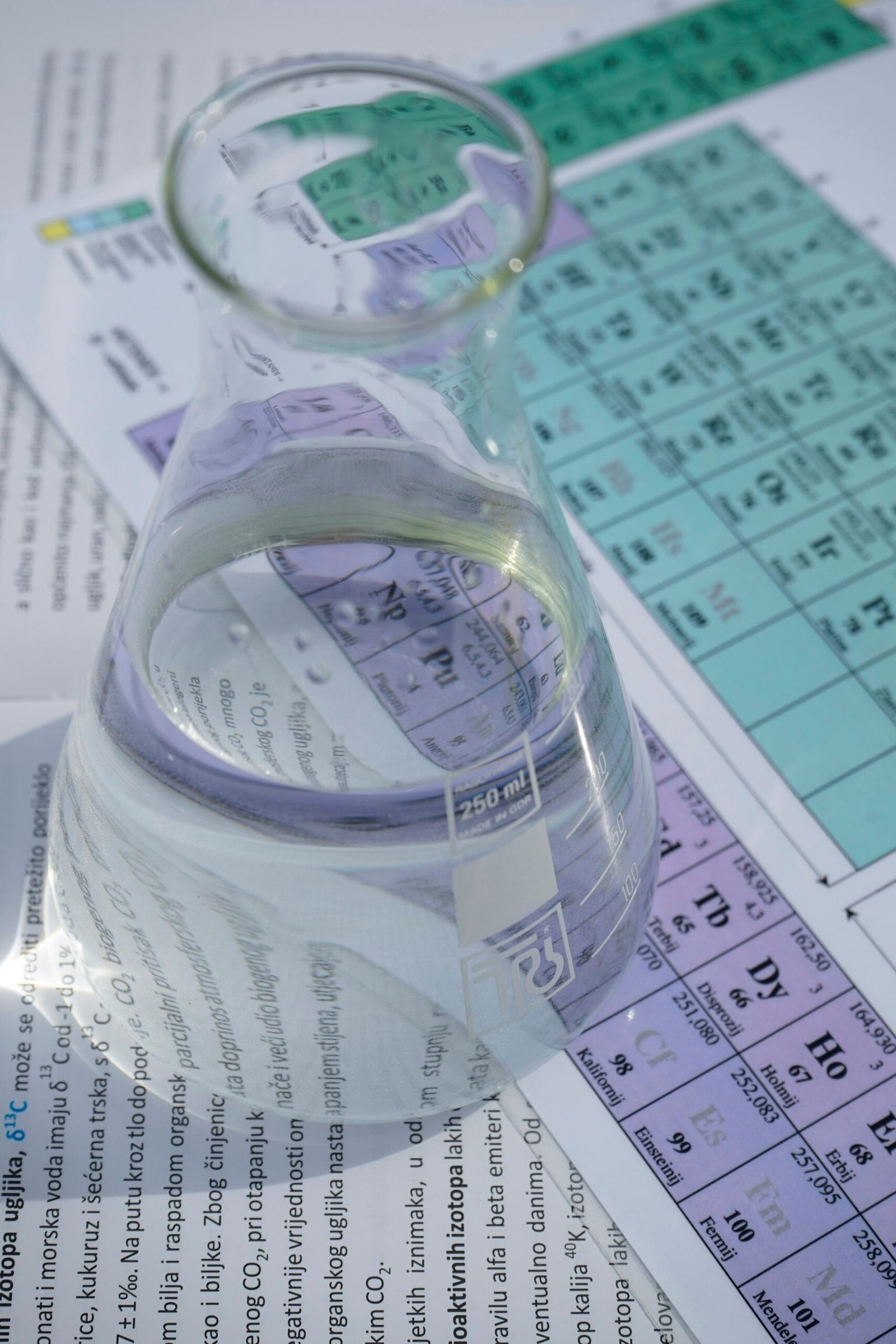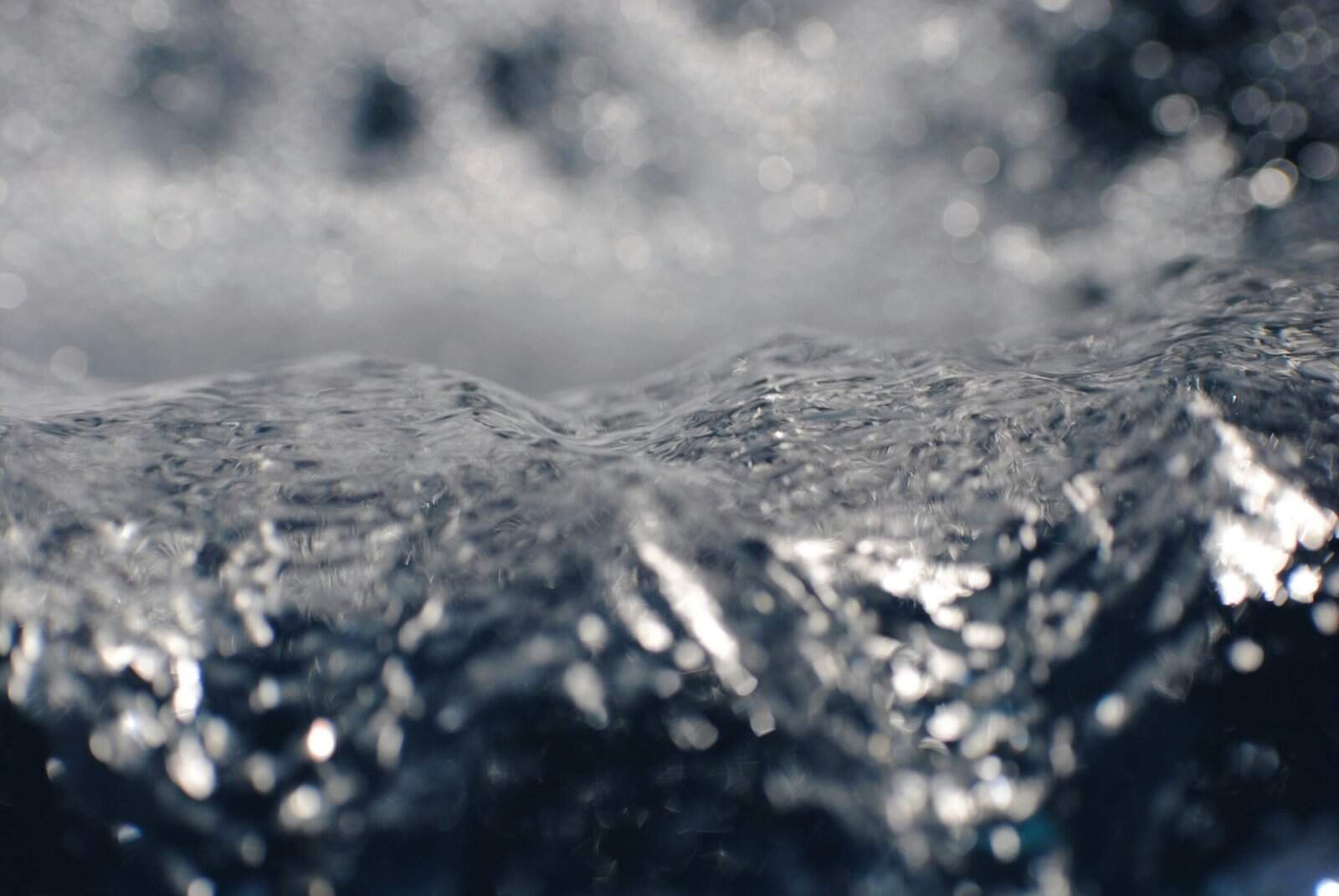Have you ever wondered whether you can test your well water yourself? If you’re concerned about the quality of your water supply, you’re certainly not alone. Many people rely on wells, and understanding the health of your water is essential for you and your family. This article explores the ins and outs of testing well water at home, providing you with all the information you need to ensure that your water is safe.

Why Testing Your Well Water is Important
Testing your well water regularly is crucial for maintaining good health and ensuring that your water is safe to drink. Unlike municipal water supplies, well water isn’t regulated by government entities, so the responsibility falls on you, the well owner, to ensure its safety.
Health Implications of Contaminated Water
Contaminants in well water can pose serious health risks. Harmful bacteria, heavy metals, and chemicals can lead to illnesses ranging from gastrointestinal issues to serious long-term diseases. Therefore, routine testing could prevent potential health hazards.
Protecting Your Home and Plumbing
Contaminated water doesn’t just affect your health; it can also wreak havoc on your home plumbing systems. Hard water and corrosive substances can damage pipes, appliances, and fixtures over time, leading to costly repairs.
Determining What to Test For
Understanding what to test for in your well water is the first step in evaluating its safety. Various contaminants may be present depending on your location, the well’s construction, and environmental factors.
Common Contaminants
There are several common well water contaminants you might encounter. Bacteria like E. coli, nitrates from fertilizers, and lead from old plumbing are just a few examples. Each poses unique risks and requires specific attention during testing.
| Contaminant | Possible Source | Health Risks |
|---|---|---|
| E. coli | Animal waste | Gastrointestinal illness, infection |
| Nitrates | Agricultural runoff | Methemoglobinemia in infants |
| Lead | Corroded pipes | Developmental issues in children, kidney problems in adults |
Factors Influencing Contamination
Several factors influence the presence of contaminants. Geography, agricultural practices, nearby industrial activity, and even weather patterns can all affect your well water. Understanding these factors can help you determine what specific tests are necessary.
Choosing a Testing Method
Once you’ve identified what to test for, the next step is figuring out how to do the testing. There are several methods available, each with its pros and cons.
Professional Water Testing Services
Hiring a professional laboratory to test your water can provide you with detailed and accurate results. Labs have specialized equipment and trained technicians who ensure thorough testing. However, this option can be expensive and may take time to get results.
Home Testing Kits
Home testing kits offer a more accessible and cost-effective option for many people. While they may not be as thorough as professional services, they can still provide valuable information on basic contaminants.
Types of Home Testing Kits
Home testing kits come in various forms, typically including test strips, colorimetric tests, and digital meters. Each has its unique advantages and limitations. Test strips, for example, are easy to use but may not be as precise as other methods. Digital meters can offer more accuracy but might be costlier.
How to Use Home Testing Kits
Most home testing kits are user-friendly, designed for ease of use without specialized knowledge. Typically, you’ll collect a sample, add any necessary chemicals or reagents, and compare the results against a provided chart or digital readout.
Step-by-Step Guide to Testing Your Well Water
To help you feel more confident, here’s a step-by-step guide to testing your well water at home. Follow these steps to ensure you conduct the test correctly and safely.
Step 1: Gather Necessary Materials
Before starting, gather all the materials you need, including the testing kit and any protective gear such as gloves and goggles if necessary.
Step 2: Collect the Water Sample
Collect a water sample following the instructions provided in your kit. It’s essential to ensure the sample is taken correctly to achieve accurate results. Typically, this involves using a clean container and running your water for a few minutes before sampling.
Step 3: Perform the Test
Use the test kit according to the manufacturer’s instructions. This might involve adding reagents to your sample or dipping test strips into the water.
Step 4: Interpret the Results
Compare your findings to the result chart provided in your kit. The kit will usually include thresholds for various contaminants, allowing you to assess whether your water is within safe levels.
Step 5: Take Necessary Actions
If your results indicate contamination, it’s crucial to take action immediately. This could mean addressing plumbing problems, implementing filtration systems, or reaching out to a professional for further analysis and solutions.

Maintaining Water Quality
Testing your well water is part of an ongoing process to ensure water quality. Regular maintenance and certain preventative steps can help you maintain safe and clean water.
Routine Testing Schedule
How often should you test your well water? Regular testing is recommended, at least once a year for basic contaminants. More frequent testing may be necessary if you notice changes in smell, taste, or appearance, or if there are new potential sources of contamination nearby.
Using Water Filters and Treatment Systems
Installing water filtration or treatment systems can help prevent contaminants from affecting your water quality. Systems vary widely, from whole-house filters to under-sink units or even basic water filter pitchers.
Knowing When to Seek Professional Help
While home testing provides valuable insights, there are times when professional assistance is necessary. Understanding when to call in an expert is essential.
Persistent or Severe Contamination
If your home tests reveal persistent or severe contamination, seeking professional help is a wise choice. Experts can perform more comprehensive tests and recommend effective treatment solutions.
Well Construction and Repair Issues
Sometimes, problems with well construction or maintenance may contribute to contamination. A professional can assess your well’s condition and suggest any necessary repairs or upgrades.

Conclusion
Testing your well water is an essential step in ensuring the safety and quality of your water supply. By understanding what to test for, how to do it, and when to call in professional help, you can take proactive measures to protect your family’s health. Regular maintenance and vigilance will go a long way in safeguarding your water from contaminants, making sure it’s safe for drinking, cooking, and bathing. Remember, clean water is a vital part of a healthy home, and it’s well worth the attention and care.
